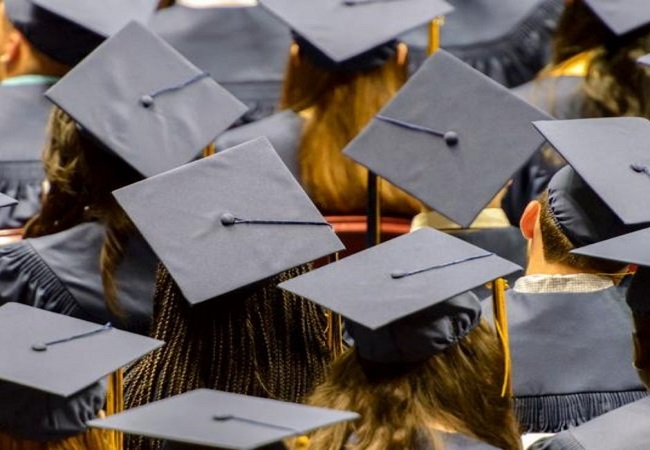International students are looking for high-quality, relevant programs and credentials that will best help their occupation plans. While learning, they also pursue social networks that help them to steer local education and service systems.
The pandemic shaped chaos and indecision about registrations, border closures, flight accessibility, and isolation requirements. Over the past two years, many international students had to put their plans on hold. They hung on to the possibility of studying and working in Australia.
Consider what Australia lost when so many international students were gone. In 2019, they contributed an estimated $40.3 billion to the economy. International education supported about 250,000 jobs in Australia.
Border closures reduced enrolments by up to 70% in some parts of the higher education sector.
The financial effects on Australian universities have been lesser than originally forecast, but the loss of billions in income should not be reduced. Universities were showing the risks of being contingent on a never-ending stream of new international students and their tuition fees. The pandemic’s impressions on university finances ran to the loss of as many as 35,000 abstract and professional jobs.
Local groups and businesses also missed the customer power of international students and visiting family members who purchased things and services. Employers have writhed to find sufficient local workers for job openings that these students would fill.
Australia must extend the welcome mat
The Australian government recently announced inducements for international students to return soon to help overwhelmed labor famines and inspire market growth. Visa fee rebates and calm restrictions on tolerable working hours are designed to recover in the international student marketplace while filling gaps in the labor force. What remains to be seen is how well entry-level and part-time jobs in facility and hospitality will interpret into future employment openings that match these students’ qualifications.
The fall in international student numbers also meant losing key resources for intercultural learning. Although many of us desire to travel overseas for a dose of intercultural experience, learning at home between local and international students is a comparatively untapped supply. Growing the number of international and local students studying together is part of the solution recognized by the Australian Strategy for International Education.






